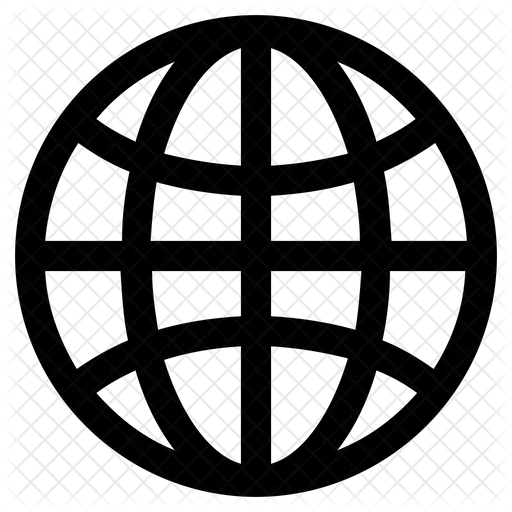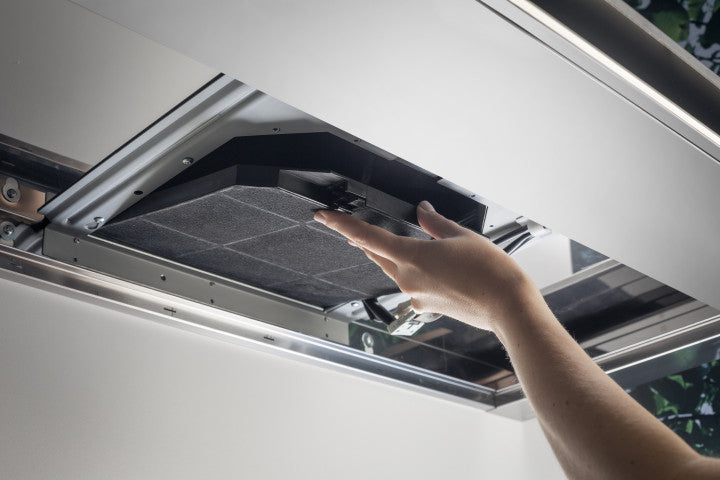The topic of air quality in the home, also known by the acronym IAQ (Indoor Air Quality), has been noticeably rekindled in the wake of the Covid 19 pandemic and it’s still receiving increasing attention. More specifically, these fears refer to the close connection that exists between our mental and physical health and the quality of the air we breathe at home, which are issues that are becoming much more apparent than before due to new living habits and the increase in the number of hours we spend in confined environments.
Stale air generally means that you are breathing very humid air with little oxygen, a lot of carbon dioxide and a mix of volatile aromatic compounds. On the contrary to what one might think, the concentration of biological, physical and chemical pollutants is actually much higher in stale air than in outdoor spaces, since inside our homes the unhealthy particles tend to disperse in a much smaller volume of air.
So, let's take a closer look at what damage stale air in the home can do to our health, what the main causes of indoor pollution are, and what we can do to purify the air we breathe by transforming our home environment into a comfortable and protected refuge.
The effects of stale air on our health
Among the harmful effects of poor air quality in the home, the most common is known as Sick Building Syndrome, which refers to a series of ailments that occur when we are in an unhealthy closed environment and which cease as soon as we leave it: once related predominantly to offices, with the spread of smart working it is now also associated with our homes. The most common symptoms are eye, skin and respiratory tract irritation, nausea, chest tightness, headaches, numbness and drowsiness.
Although they are temporary discomforts, they increase with the frequency of our unhealthy lifestyle: whereas habitually breathing stale air in the home encourages allergies and respiratory problems of various kinds, studies show that prolonged exposure to micropollutant particles and excess CO2 is also correlated with the risk of developing serious diseases, such as cancer or diabetes.
The most common causes of indoor pollution
Divided into two main categories, the unhealthy particles present in our homes are 'biological pollutants' and ‘chemical-physical pollutants'.
Biological pollutants are defined as a range of substances of biological origin that can bring a negative impact on air quality: this can be either of natural origin or generated by human behaviour. In our home, the main sources of microbiological pollution are people, animals, and plants. As for the triggers, sometimes unknowingly, the presence of biological pollutants can be traced back to two fundamental factors: excess humidity and inadequate ventilation.
These include:
- plant pollens and spores: Originating from plants, they are an essential component in the life cycle of the most evolved plant organisms. Typical outdoor allergens, they are also considered an indoor pollutant due to their great ability to diffuse and transport and their capacity to float in the air for long periods. Microscopic in size (between 15 and 200 µm), they are not visible to the human eye;
- Bacteria (also called germs) - They account for about 1/3 of all living organisms in the air and can be carried by infected people, animals and soil and plant debris. A problem felt in small spaces with several people, the proliferation of bacteria causes adverse health effects that vary depending on the type of bacteria
- Moulds - Belonging to the fungi family, in the ecosystem they decompose and recycle organic matter. In the home they tend to develop in environments with high humidity: damp ceilings, walls and floors, mattresses, sofas and upholstery, contaminated air conditioning systems and humidifiers. By releasing mycotoxins, they can produce toxic substances and act as infectious agents and allergens;
- Dust mites - Invisible to the human eye as they are only 200-300 microns (about 1/4 millimetre) in size, dust mites have warm, moist places as ideal environments for their proliferation and can find their habitat in pillows, duvets, mattresses, carpets, etc. Among the most frequent reactions caused in allergic persons are: asthma and persistent coughing, conjunctivitis, allergic rhinitis.
Chemical-physical pollutants include:
- Combustion gases (carbon monoxide, nitrogen oxide, sulphur dioxide) - Coming from outside and generated by traffic and industrial emissions, they can also be released in the home through cooking food;
- Volatile organic compounds, also known as VOCs - In addition to formaldehyde, which is notoriously carcinogenic, they include many substances found in household cleaning products that contain chemical ingredients: detergents, deodorants and air fresheners;
- Airborne particulate matter - Originating from outside, it can also be generated internally from house dust and secondary particles formed from VOCs. This matter contains certain pollutants of toxicological priority, such as heavy metals and polycyclic aromatic hydrocarbons;
- Passive smoking from tobacco combustion - Generator of some other pollutants, including PAHs;
-
Polycyclic aromatic hydrocarbons (PAHs) - Generated mainly from wood combustion, they are released into the air through the use of fireplaces and stoves;
How can indoor air quality be measured?
After understanding how air quality in domestic spaces is a fundamental requirement for our well-being and health, we then ask whether air quality levels can be assessed and monitored and, if so, how it can be measured on a practical level.
The good news is that IAQ can be monitored through air detection instruments, some of those are able to simultaneously measure both outdoor particulate pollution from outside, such as PM10 and PM2.5, as well as formaldehyde and volatile organic compounds (VOCs) normally found in our homes and potentially very harmful to our health.
This kind of measurement is particularly important when it comes to domestic air pollution. Like volatile organic compounds, being a pollutant of only a few nanometres (2.5 μm in diameter in PM2.5), particulate matter is in fact also very dangerous: able to float in our homes even for weeks, if excessively present in high concentrations, it can aggravate indoor pollution by damaging our respiratory system.
Among the best home air quality meters, Faber's Air Hub Portable system is one of the most complete and effective tools. Thanks to the presence of a state-of-the-art sensor, that constantly monitors, 24 hours a day, the air we breathe in our homes, Air Hub is able to detect the presence of VOCs and any PM10 AND PM2.5 particulates and, most importantly, is able to automatically activate in order to eliminate them, even during the ultra-silent night cycle, and thus making a decisive contribution to combating all kinds of pollution in our homes.
How to change the air at home: the advantages of an air purifier
Once the main causes of unhealthy air have been identified, it is comforting to know that there are several things one can do on a daily basis to deal with the problem. Good habits to counter the harmful effects of stale air in the home include encouraging the natural exchange of air by frequently opening windows in every room, limiting the use of chemical cleaning products, room perfumers and candles that release VOCs, using the extractor hood when cooking, frequently cleaning carpets and curtains with a vacuum cleaner equipped with a particulate filter, smoking only outside on the balcony and avoiding the use of fireplaces, wood or pellet stoves by choosing alternative heating sources.
While adopting conscious and sustainable behaviour and lifestyles is already a first step towards preserving our health, it is not enough to guarantee a truly hygienic and healthy home environment. To ensure the maximum filtration of all polluting particles, it is a good idea to use an air purifier as an artificial ventilation tool that does more than just remove fumes and odours from the air. With an air purifier, stale air is actually sucked in, freed of impurities through a filter system, and fed back into the environment completely purified.
Equipped with at least two filtering systems to combat the various polluting particles that develop in the home, the best air purifiers on the market are equipped with a HEPA filter, a highly efficient system capable of retaining 99.97% of particulate matter that is not visible to the human eye and therefore very effective against volatile organic compounds, such as cigarette smoke and fumes produced by certain detergents. An active carbon filter is added to this system, capable of eliminating even the most stubborn unpleasant odours, making it extremely useful for asthma and allergy sufferers.
Part of this noble line-up, the air purifiers in Faber's AIR HUB range represent an unbeatable tool in combating stale air in the home, ensuring higher air quality through the elimination not only of fumes and bad odours but also by killing viruses and bacteria. This is made possible by the exclusive 4x4 Tech technology that combines 4 levels of filtration and the same number of UV-C lamps: a combined action that guarantees a complete and effective purification experience through a process that does not use any chemicals.
A valuable contribution to the protection of our well-being.










